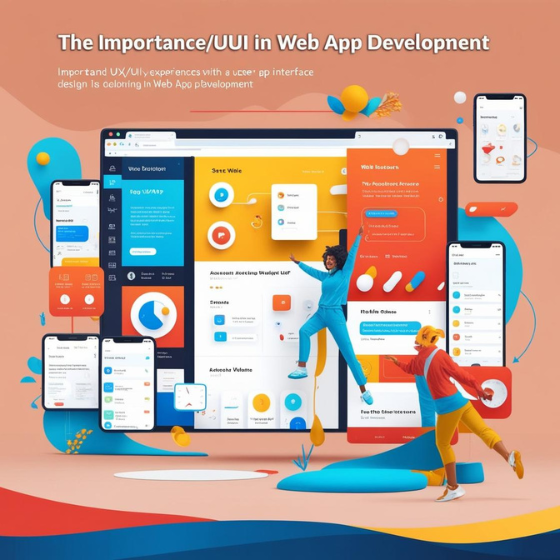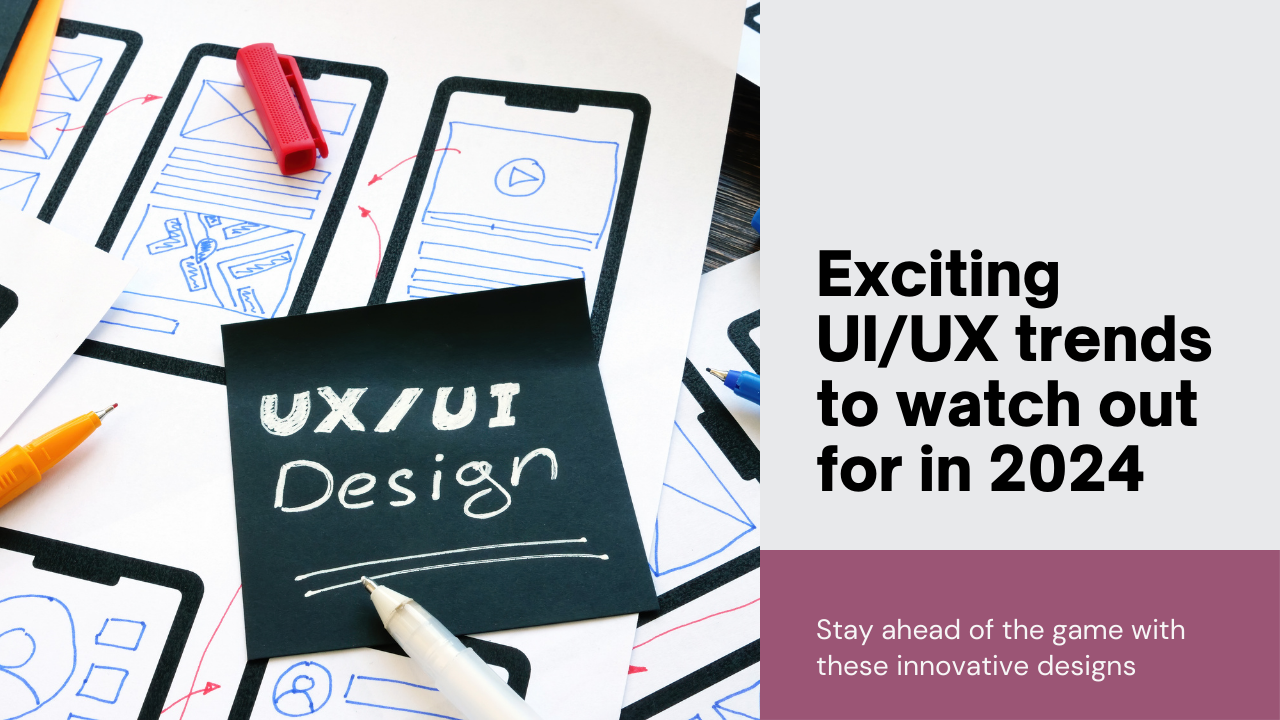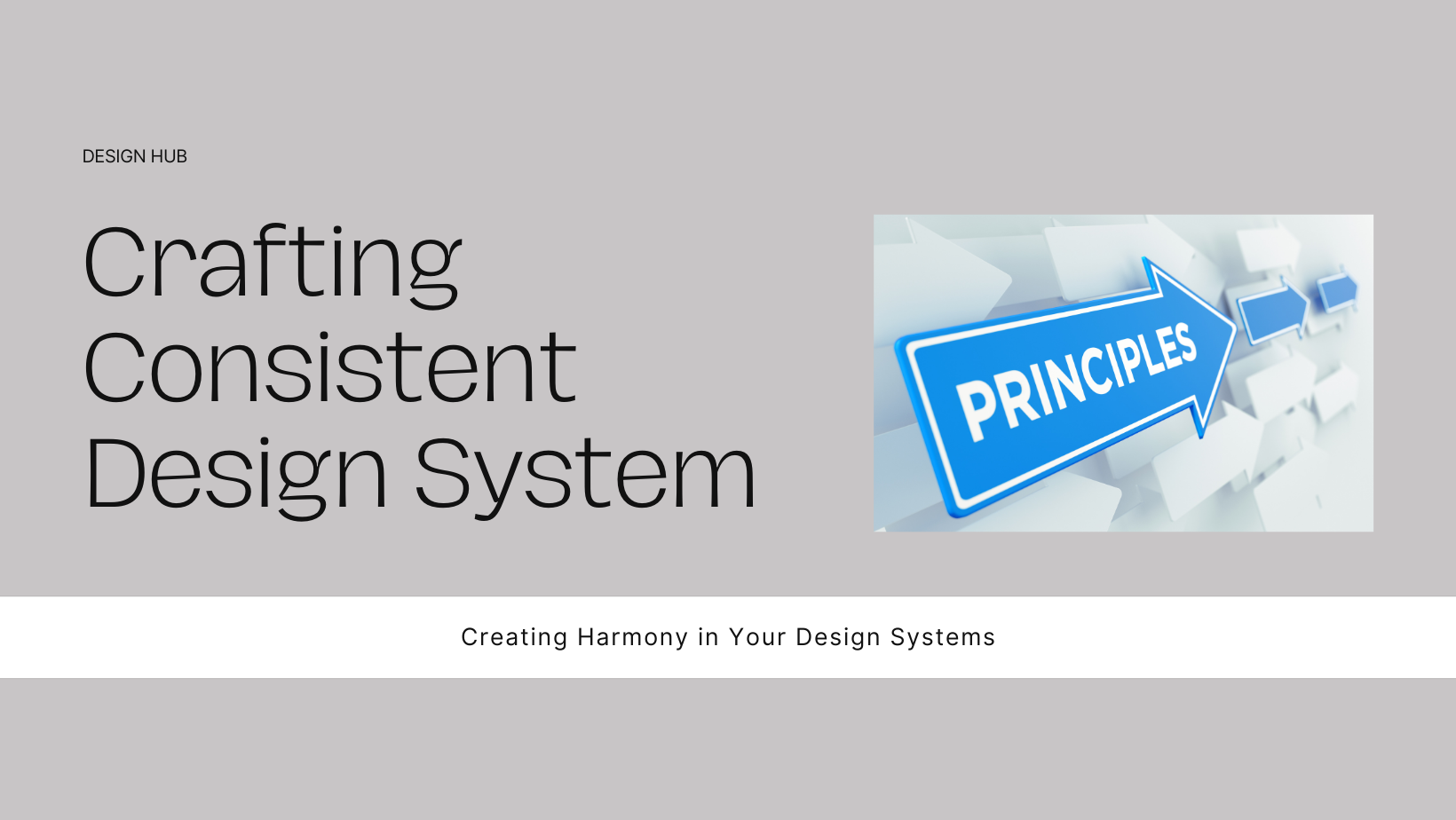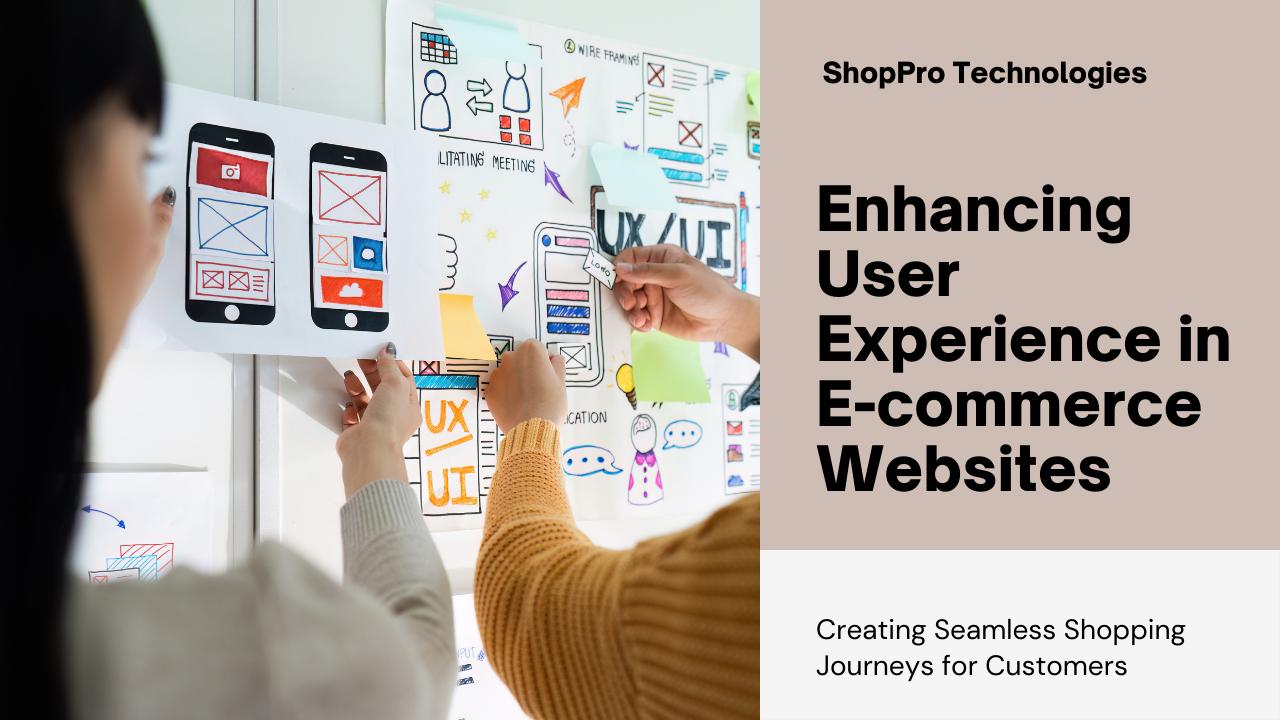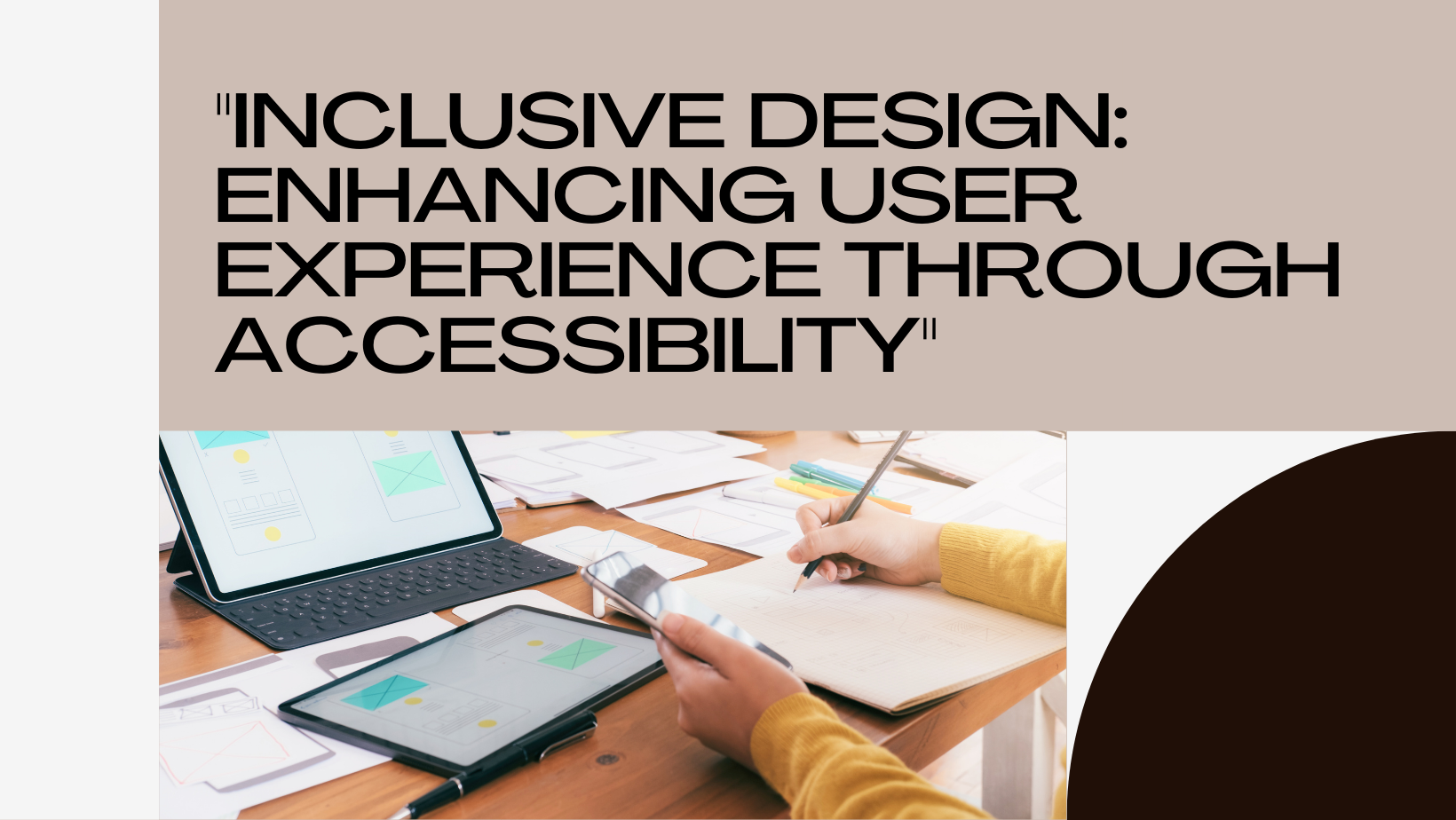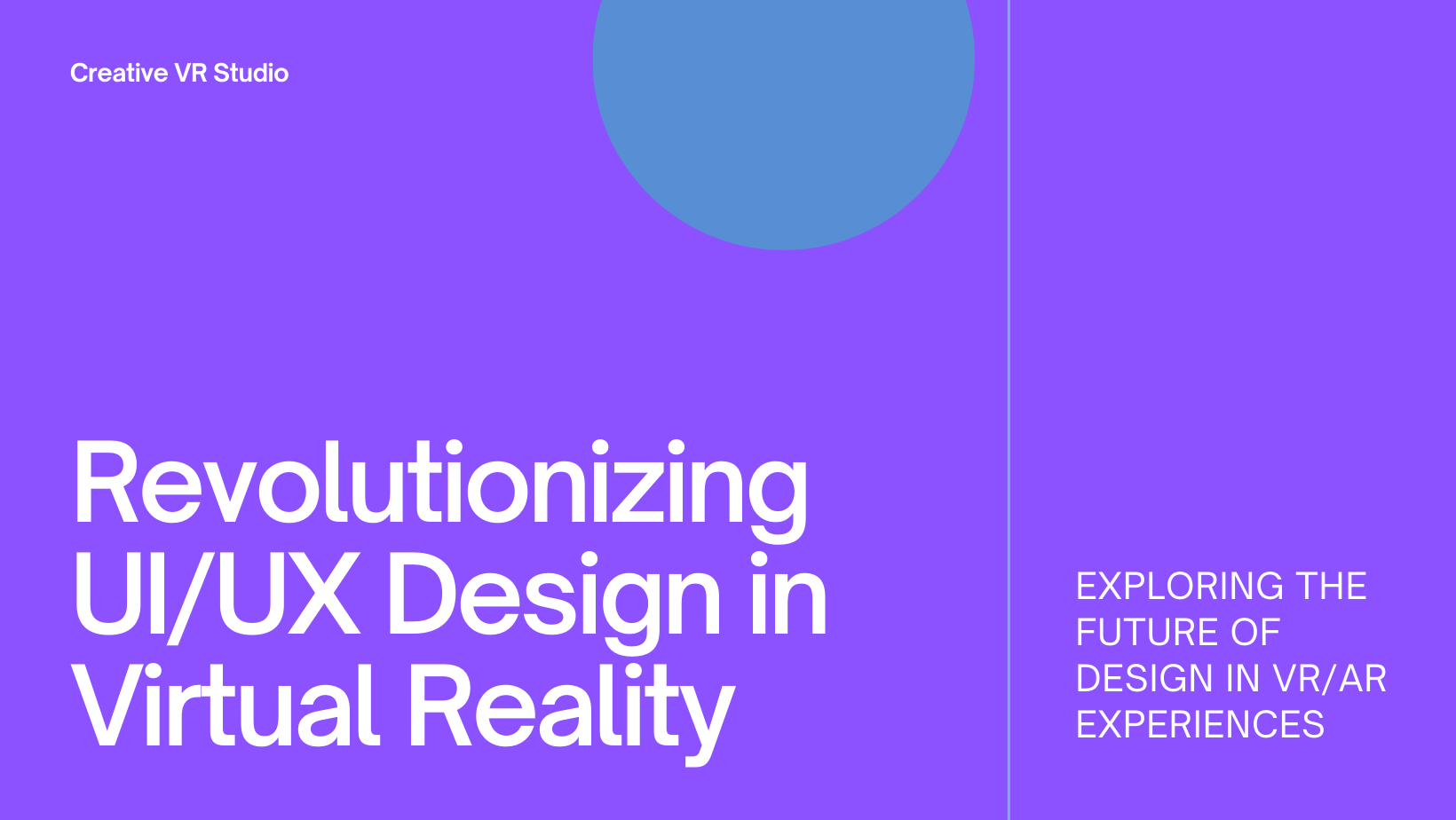In the rapidly evolving digital landscape, Artificial Intelligence (AI) is revolutionizing various industries, and UI/UX design is no exception. By integrating AI into design processes, companies can create more intuitive, personalized, and efficient user experiences. This blog explores how AI is transforming UI/UX design, the benefits it brings, and real-world examples of its impact.
Understanding AI in UI/UX Design
Artificial Intelligence, in the context of UI/UX design, refers to the use of machine learning algorithms and data-driven techniques to enhance the design and functionality of user interfaces. AI can analyze user behavior, predict user needs, automate repetitive tasks, and even generate design elements. This integration leads to more dynamic and responsive user experiences.
The Benefits of AI in UI/UX Design
1. Personalization
AI enables the creation of highly personalized user experiences by analyzing user data and behaviors. Personalization can manifest in various forms, such as tailored content, customized interfaces, and personalized recommendations. For example, streaming services like Netflix and Spotify use AI algorithms to recommend content based on user preferences and viewing/listening history.
2. Enhanced User Engagement
AI can significantly improve user engagement by providing interactive and adaptive experiences. Chatbots and virtual assistants, powered by AI, offer real-time support and interactions, enhancing the overall user experience. These tools can answer queries, provide recommendations, and guide users through processes, ensuring a seamless experience.
3. Improved Usability
AI can analyze vast amounts of user data to identify usability issues and suggest improvements. Tools like heatmaps and user journey analytics provide insights into user interactions, highlighting areas that need enhancement. Designers can use this data to create more intuitive and user-friendly interfaces.
4. Predictive Analysis
AI can predict user behavior based on past interactions, enabling proactive design adjustments. Predictive analysis helps in anticipating user needs and preferences, allowing designers to create more relevant and engaging experiences. For instance, e-commerce platforms can use AI to predict what products a user might be interested in based on their browsing history.
5. Automation of Repetitive Tasks
AI can automate repetitive design tasks, such as resizing images, generating layouts, and testing designs. This automation not only saves time but also ensures consistency across various design elements. AI-powered design tools, like Adobe Sensei, streamline the design process by automating mundane tasks and allowing designers to focus on creativity.
Real-World Examples of AI in UI/UX Design
1. Airbnb’s Dynamic User Interface
Airbnb uses AI to create dynamic user interfaces that adapt to individual user preferences. The platform employs machine learning algorithms to analyze user behavior and tailor the interface accordingly. This personalization enhances the user experience by displaying relevant content and recommendations based on past interactions and preferences.
2. The Grid – AI-Powered Web Design
The Grid is an AI-powered web design platform that uses machine learning algorithms to create websites automatically. Users input their content, and the AI takes care of the design, layout, and optimization. The platform continuously learns from user interactions and feedback, improving its design capabilities over time. This automation enables users to create professional-looking websites without needing extensive design skills.
3. IBM’s Watson for Designing Better Customer Experiences
IBM’s Watson uses AI to analyze customer interactions and provide insights for improving user experiences. Watson can identify patterns in customer behavior, predict future actions, and suggest design changes to enhance usability and engagement. This data-driven approach allows designers to create more effective and user-centric interfaces.
How AI is Shaping the Future of UI/UX Design
1. AI-Driven Prototyping
AI is revolutionizing the prototyping phase by enabling faster and more accurate creation of prototypes. AI-driven tools can generate interactive prototypes based on initial sketches or wireframes, allowing designers to test and iterate quickly. This rapid prototyping accelerates the design process and helps in identifying usability issues early.
2. Voice User Interfaces (VUIs)
Voice User Interfaces, powered by AI, are becoming increasingly popular. VUIs allow users to interact with devices using natural language, providing a more intuitive and hands-free experience. AI-driven voice assistants, like Amazon’s Alexa and Google Assistant, are prime examples of how VUIs are transforming user interactions.
3. Emotion AI
Emotion AI, also known as affective computing, is the study and development of systems that can recognize, interpret, and respond to human emotions. In UI/UX design, Emotion AI can analyze facial expressions, voice tones, and other biometric data to gauge user emotions. This data can be used to create more empathetic and responsive interfaces, enhancing the overall user experience.
4. Adaptive and Context-Aware Interfaces
AI enables the creation of adaptive and context-aware interfaces that adjust based on user context and environment. These interfaces can change their layout, content, and functionality based on factors like user location, time of day, and device used. For example, a weather app might display different information and features based on whether the user is indoors or outdoors.
Challenges and Considerations
While AI brings numerous benefits to UI/UX design, it also presents certain challenges and considerations:
1. Data Privacy
AI relies heavily on user data to provide personalized experiences. Ensuring data privacy and compliance with regulations like GDPR is crucial. Designers must implement robust data protection measures and be transparent about data usage.
2. Ethical AI
AI systems should be designed with ethical considerations in mind. This includes avoiding biases in AI algorithms, ensuring fairness, and providing clear explanations for AI-driven decisions. Ethical AI practices build user trust and ensure that AI technologies are used responsibly.
3. Balancing Automation and Human Touch
While AI can automate many design tasks, the human touch is still essential for creativity and empathy. Designers should strike a balance between leveraging AI for efficiency and maintaining the human element in the design process. AI should be seen as a tool that enhances, rather than replaces, human creativity.
Conclusion
The impact of AI on UI/UX design is profound and far-reaching. From personalization and enhanced engagement to predictive analysis and automation, AI is transforming the way designers create user experiences. Real-world examples from companies like Airbnb, The Grid, and IBM illustrate the practical benefits of AI in design.
As AI continues to evolve, it will shape the future of UI/UX design in ways we can only imagine. By embracing AI technologies and addressing the associated challenges, designers can create more intuitive, personalized, and efficient user experiences. At Sodio Technologies, we are committed to leveraging the power of AI to deliver exceptional UI/UX design solutions. Contact us today to learn how we can help you create cutting-edge user experiences with AI-driven design.

